During his initial visit to Nepal as Prime Minister in 2014, Narendra Modi addressed the Nepal Parliament, emphasizing that Nepali blood had been sacrificed in every war India had fought. He specifically praised the courage and dedication of Gorkha soldiers in the Indian Army, expressing his admiration for those who had given their lives for India.
Now, seven years later, as the Army prepares to launch its recruitment scheme, concerns have arisen regarding the potential social and economic impact on Nepal. India has traditionally recruited around 1,400 soldiers from Nepal into the Gorkha regiment annually (pre-Covid), raising questions about how this may affect India’s relations with Nepal, particularly in light of the country’s strategic interests vis-à-vis China.
The initial recruitment under the Agnipath scheme in Nepal is set to commence in late August. While some websites have already posted dates for recruitment rallies, confirmation from the Nepalese government regarding the holding of these rallies is still pending. It remains uncertain whether the annual recruitment numbers will remain consistent under Agnipath.
In India, the Army plans to recruit 25,000 Agniveers this year. Recruitment of Nepali soldiers into the Indian Army is governed by a tripartite treaty signed in 1947 by Nepal, India, and Britain. Currently, there are approximately 32,000-35,000 Nepali soldiers serving in the Indian Army, with a significant ex-servicemen community of around 1.32 lakh individuals.
While the exact recruitment figures from Nepal for this year are unclear, there is concern that only 25% of recruits will be re-employed by the Indian Army, while the remainder will return to Nepal. Annual pensions for Gorkhas from Nepal serving in the Indian Army amount to about Rs 4,000 crore, with additional remittances of Rs 1,000 crore sent home by serving soldiers each year.
The economic impact of these remittances on Nepal’s economy is substantial, as highlighted by Ranjit Rae, India’s former ambassador to Nepal. With widespread unemployment in Nepal, the influx of funds from serving soldiers plays a vital role in supporting local communities. The long-term implications of the new recruitment scheme are still uncertain, but initial reactions in Nepal have been mixed.
Major-General Gopal Gurung (retd) of 5 Gorkha emphasized the appeal of salaries, pensions, and benefits offered by the Indian Army as a significant factor driving recruitment from Nepal. He noted that the socioeconomic effects of the Agnipath scheme may take a decade or more to become fully apparent, underscoring the historical significance of the Gorkha connection.
The relationship between India and Nepal, particularly concerning Gorkha recruitment, holds a special place in their shared history. While Nepal has expressed some reservations about the scheme, acknowledging its economic importance, there is a desire for greater involvement in the recruitment process. The sudden announcement of the Agnipath scheme caught Nepal off guard, prompting calls for more transparency and dialogue between the two nations.

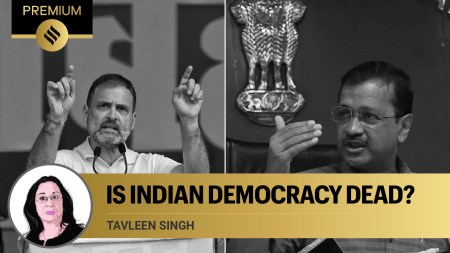


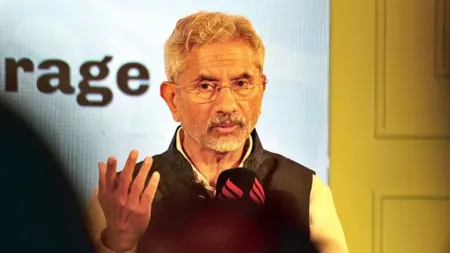

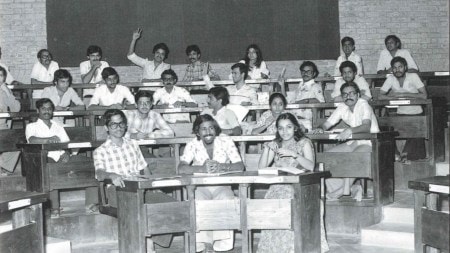
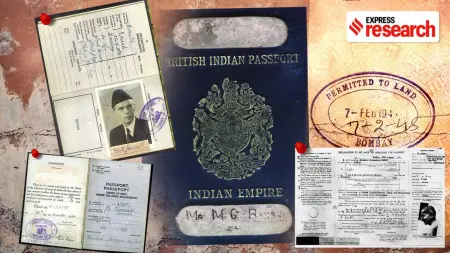


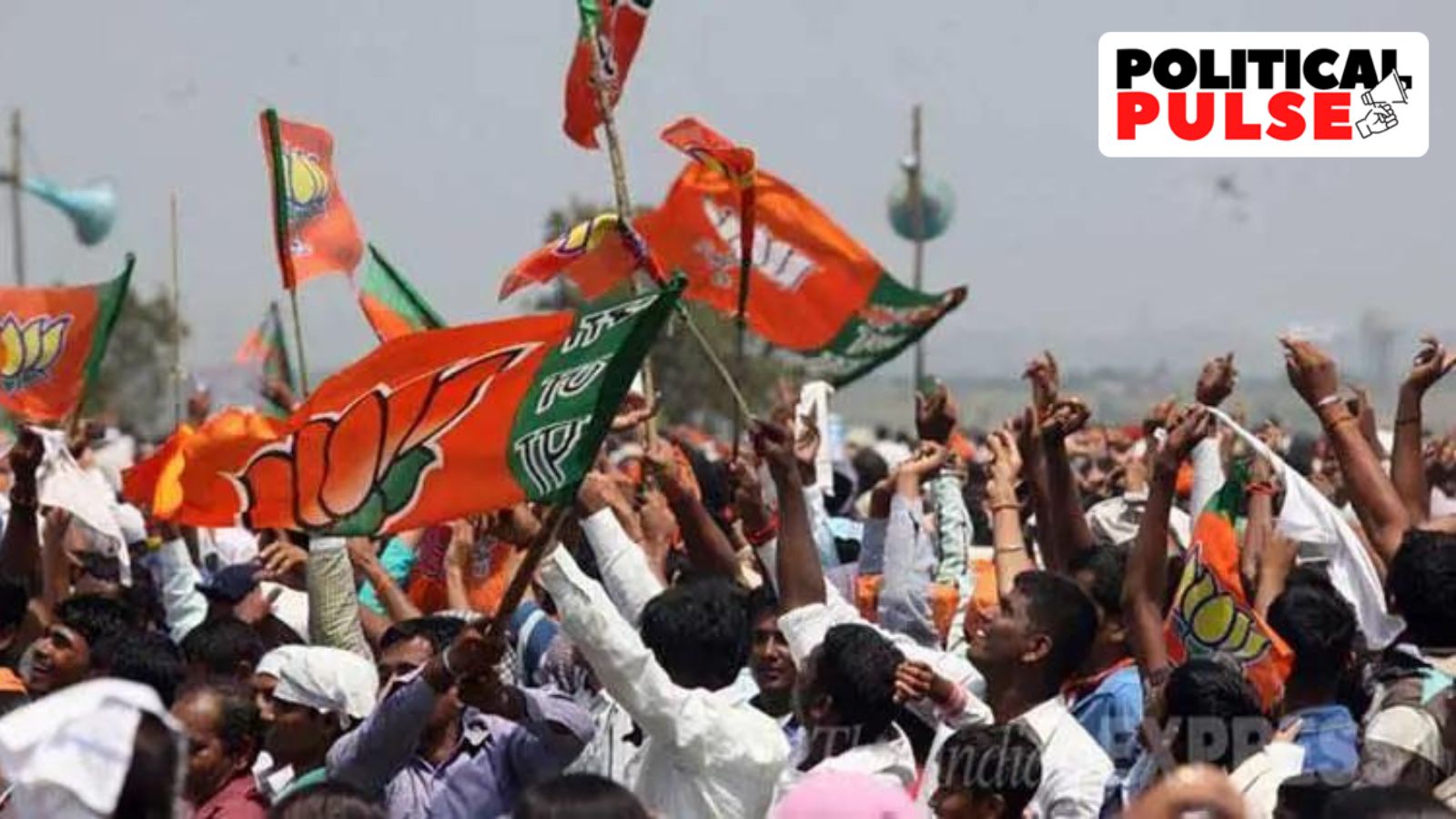



+ There are no comments
Add yours